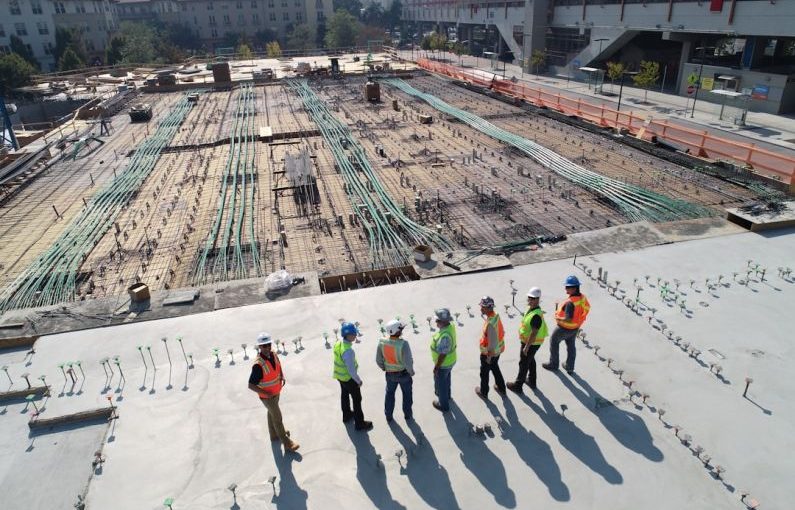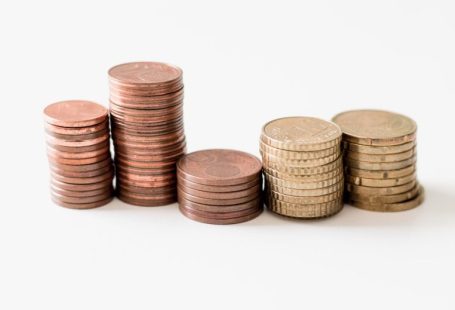The Evolution of Home Construction through 3D Printing
In recent years, the construction industry has seen a significant shift in the way buildings are created, thanks to the innovative technology of 3D printing. This groundbreaking technique, once primarily used for creating small-scale prototypes and models, is now making waves in the realm of home construction. With the ability to build entire structures layer by layer, 3D printing offers a faster, more cost-effective, and sustainable alternative to traditional construction methods. Let’s delve into how 3D printing is revolutionizing the way homes are built.
Unleashing Creativity in Design
One of the key advantages of 3D printing in home construction is the freedom it provides in design. Architects and designers can unleash their creativity and experiment with intricate and unconventional shapes that were previously difficult or impossible to achieve using traditional building techniques. By translating digital designs directly into physical structures, 3D printing opens up a whole new world of possibilities for creating unique and personalized homes that reflect the individual tastes and needs of homeowners.
Efficiency and Speed
Traditional construction methods often involve time-consuming processes such as cutting, shaping, and assembling building materials on-site. In contrast, 3D printing streamlines the construction process by building layers of material according to a pre-programmed design. This not only reduces the amount of waste generated during construction but also significantly speeds up the building process. With 3D printing, entire walls, floors, and even entire homes can be constructed in a matter of days, compared to weeks or months required by traditional methods.
Cost-Effectiveness
Another benefit of 3D printing in home construction is its cost-effectiveness. By using materials more efficiently and minimizing labor costs, 3D printing can lead to substantial savings for builders and homeowners alike. Additionally, the ability to produce components on-site reduces transportation costs and eliminates the need for large construction crews, further driving down overall construction expenses. As 3D printing technology continues to advance and become more accessible, the cost of building homes using this method is expected to decrease even further.
Sustainability and Environmental Impact
In an age where sustainability is a top priority, 3D printing offers a more environmentally friendly alternative to traditional construction methods. By using biodegradable materials and producing less waste, 3D printing helps reduce the carbon footprint associated with building homes. Additionally, the precision of 3D printing ensures minimal material wastage, further contributing to a more sustainable building process. As the demand for eco-friendly construction practices continues to grow, 3D printing is poised to play a significant role in shaping the future of home construction.
Challenges and Future Outlook
While 3D printing holds immense potential for transforming the home construction industry, it is not without its challenges. One of the main obstacles facing widespread adoption of 3D printing in construction is the scalability of the technology. Currently, most 3D printers used in construction are limited in size, making it difficult to print large structures efficiently. However, researchers and industry experts are actively working on developing larger-scale 3D printers that can accommodate the construction of entire buildings.
Looking ahead, the future of 3D printing in home construction is promising. As the technology continues to evolve and become more refined, we can expect to see greater adoption of 3D printing in mainstream construction projects. From affordable housing solutions to sustainable eco-friendly homes, 3D printing has the potential to revolutionize the way we build and live in homes. As builders, designers, and homeowners embrace this innovative technology, the possibilities for creating unique, efficient, and sustainable homes are endless.





